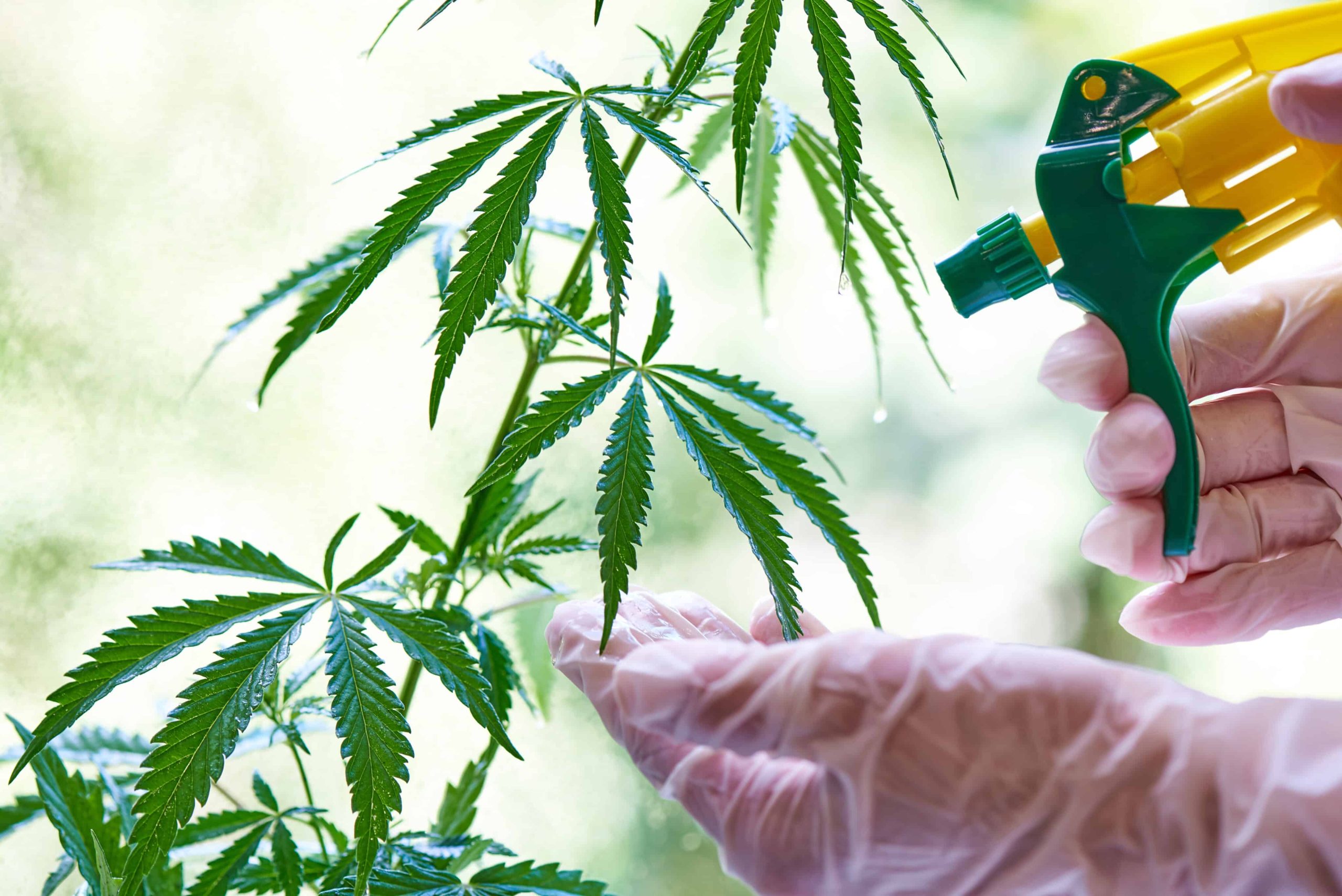Recent research into the potential uses of hemp indicates that the cannabinoids it produces could one day serve as a source of new natural pesticides, according to researchers at Cornell University in New York. A study by scientists in the Department of Integrative Plant Sciences at Cornell AgriTech’s College of Agriculture and Life Sciences (CALS) found that leaves with higher levels of cannabinoids in hemp plants were less susceptible to insect damage than leaves with fewer cannabinoids. There was found.
The researchers hope that further research will build on these findings, eventually producing new natural pesticides, perhaps for use only on non-edible plants. The pharmacological effects of cannabinoids, including CBDA, THCA, and GBGA, which can be converted to CBD, THC, and CBG, respectively, by applying heat during the process, make the use of this new pesticide on food crops seem unlikely at this time. It will be done. This is known as decarboxylation.
Larry Smart, a plant breeder and professor at CALS, said researchers have been studying the intoxicating and medicinal effects of cannabinoids since the compounds were first identified decades ago. Cannabinoids are produced almost exclusively by the cannabis plant. However, little research has been done to elucidate exactly why the cannabis plant developed more than 100 different substances in the first place.
“We speculate that these are defensive compounds because they accumulate primarily in female flowers to protect the seeds. This is a fairly common concept in plants.” smart saidAccording to the report, the study’s lead author: Today’s hemp.
“However, no one has compiled a comprehensive set of experimental results showing a direct relationship between the accumulation of these cannabinoids and their deleterious effects on insects,” Smart continued.
Cornell University’s hemp breeding program began in 2017
The study was conducted as part of Cornell University’s cannabis breeding program, which was launched by the Ivy League university in upstate New York in 2017. The program began its work by evaluating various commercially available cannabis varieties so that it could recommend to farmers which varieties would be suitable. Ideal for local soils and climate.
Researchers found that all non-cannabinoid-producing cannabis varieties sourced from the Ukrainian breeding program were highly susceptible to damage by the Japanese beetle. Other hemp varieties that produce cannabinoids were similarly less susceptible to insect damage.
“In the absence of cannabinoids, we saw significant insect damage, but when cannabinoids were present, there was much less damage,” Smart said.
The researchers then isolated CBDA and CBGA for use in insect feeding control studies. THCA was not studied as part of the study because strict federal restrictions on THC in hemp crops prevent Cornell researchers from working with this compound.
Cannabinoid extracts were added to artificial insect diets at various concentrations. Researchers confirmed that increasing concentrations of cannabinoids slowed insect larval growth and reduced survival rates.
“This study gives us insight into how cannabinoids function in natural systems and will help us develop new THC-compliant cannabis varieties that maintain these naturally built-in defenses against herbivores. “It’s possible,” said George Stack, a postdoctoral fellow in Smart’s lab and one of the investigators. The authors of the new study.
The researchers plan further studies to determine whether sap-sucking insects such as aphids are also negatively affected by cannabinoids. However, Stack noted that research is hampered by the continued illegality of marijuana at the federal level.
“While the potential use of cannabinoids as insecticides is an interesting area for future research, there are certainly regulatory barriers due to the pharmacological activity of the compounds, and it remains unclear which pests cannabinoids will be effective against.” We need more research to understand,” Stack said. .
the study“The function of cannabinoids in defense against chewing herbivores in Cannabis Sativa L.,” was published in October in a peer-reviewed journal. horticultural research.




